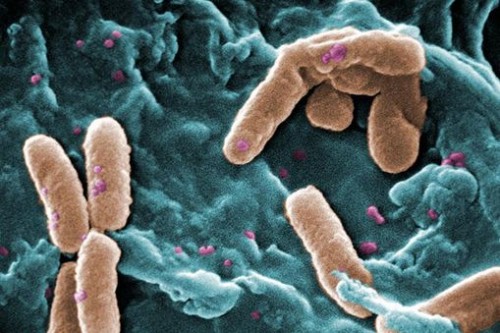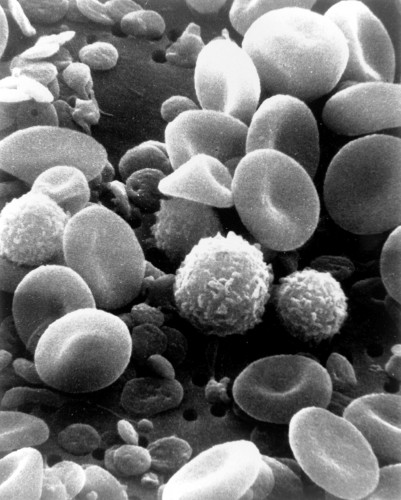
Pandas are more than just a cute and furry face. Scientists at the Life Sciences College of Nanjing Agricultural University have discovered a compound produced by the panda immune system that kills bacteria and fungi, among other microorganisms. Impressively, this compound, known as cathelicidin-AM, is also effective against certain strains of pathogens known to be antibiotic-resistant.
While current antibiotics take six hours to kill certain strains of bacteria, cathelicidin-AM has killed these same strains in as little as one hour by disintegrating the cell wall of the bacterium. However, cathelicidin-AM offers more than just a speedy recovery. Because the panda inherits genes that code for this compound, the panda is said to have innate immunity, which generally creates less drug-resistant microorganisms than normal antibiotics. With this appealing characteristic, cathelicidin-AM could be the focus for the development of a new antibiotic against “superbugs” or possibly of a new cleaning antiseptic.

Cathelicidin-AM is a member of the cathelicidin family of antimicrobial peptides, or short protein strands, found in panda blood and is produced by cells unique to the panda immune system. Cathelicidins are one of the two antimicrobial peptide families found in most vertebrates and vary highly in structure and form. Cathelicidin-AM is the first cathelicidin to be discovered in pandas and is evolutionarily related to the cathelicidin found in dogs. Dr. Xiuwen Yan, the principal investigator of this study, and his colleagues have not only pinpointed the location of cathelicidin-AM within the panda genome but also have managed to completely synthesize the peptide in their lab.

Thousands of antimicrobial peptides have been previously found in other organisms, including the skin of Russian brown frogs, the brain of cockroaches, and the mucus of snails. Although these antimicrobial peptides have been the stepping stones for creating new antibiotics, only one new class of antibiotic has been introduced in the last fifty years. Because of recent increases of microorganisms with drug-resistance, Yan has emphasized the “urgent need for new antimicrobial agents.” Indeed, Dr. Margaret Chan, Director-General of the World Health Organization, recently told CBS News that “things as common as strep throat or a child’s scratched knee could once again kill” because of the recent heavy use of antibiotics. This use can result in more resistant bacteria, particularly in hospitals. The rise of these strains has created a large demand for new antibiotics with the activity levels seen in the synthesized cathelicidin-AM peptide.

Although scientists have been able to synthetically produce the peptide, conservation of the panda itself still proves to be important. Ten years ago, their numbers in the wild amounted to approximately 1,600. Beyond suffering a loss of habitat, pandas have had long histories of breeding difficulties, since breeding opportunities are few and far between each year. The discovery of the peptide might bode well for panda conservation efforts, as Yan believes the panda genome could still hold potential sources for new drugs. Saving this endangered species from extinction could prove important for future medical research.
